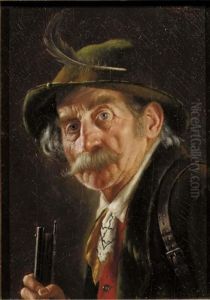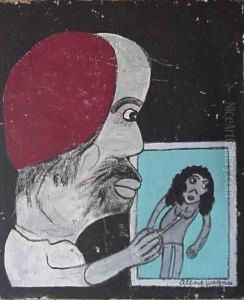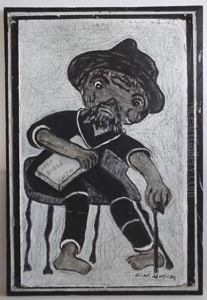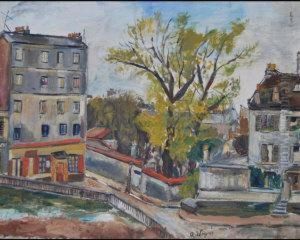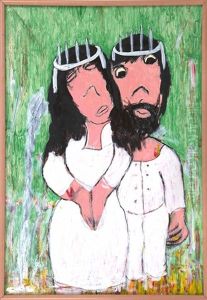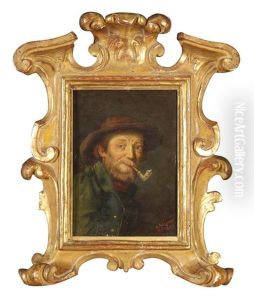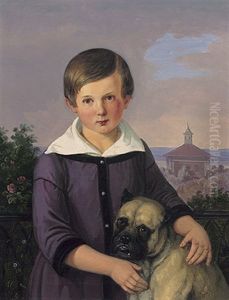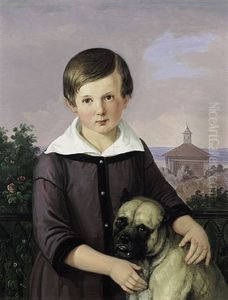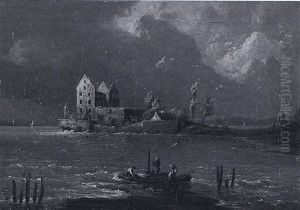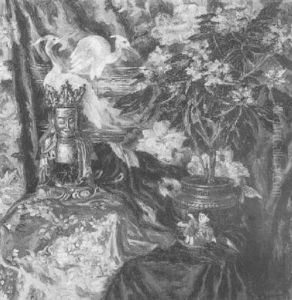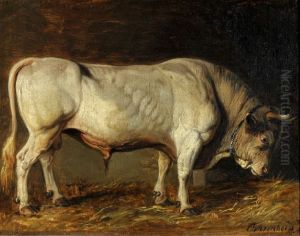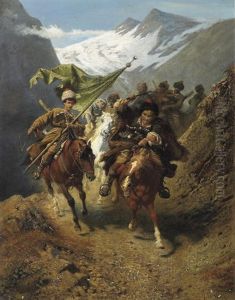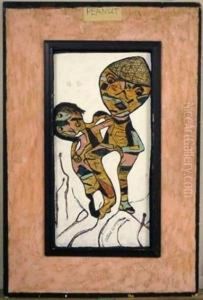Albert Wagner Paintings
Albert Wagner was an American outsider artist, preacher, and businessman born on April 10, 1924, in Arkansas. He was one of the many self-taught artists who gained recognition later in life for their unique and raw artistic expressions. Wagner's life was a transformative journey that significantly influenced his art. Originating from humble beginnings in the rural South, he moved to Chicago, where he eventually established a successful moving business. His personal life, however, was marked by challenges, including struggles with sin and redemption, themes that would later heavily permeate his artworks.
Wagner's art career began relatively late. On his 50th birthday, he experienced a profound spiritual awakening, which led him to turn to painting as a form of penance and self-exploration. Without formal training, Wagner used whatever materials he could find, often painting on found objects and discarded materials, which added an element of resourcefulness to his art. His works were characterized by their vibrant colors and often contained biblical messages and personal narratives. Wagner tackled issues such as racism, sin, and salvation, reflecting his deep religious convictions and his perspective on African American identity and experience.
Albert Wagner's work gained attention in the outsider art world, and he became known for his raw and expressive style. Despite his lack of formal training, his art was celebrated for its honesty and emotional depth. Wagner's pieces have been exhibited in various galleries and museums dedicated to outsider and folk art. He continued to create art until his death on September 20, 2006, leaving behind a legacy of work that continues to inspire and resonate with audiences for its spiritual and human depth.
